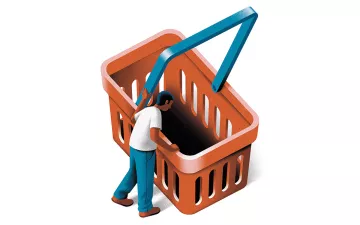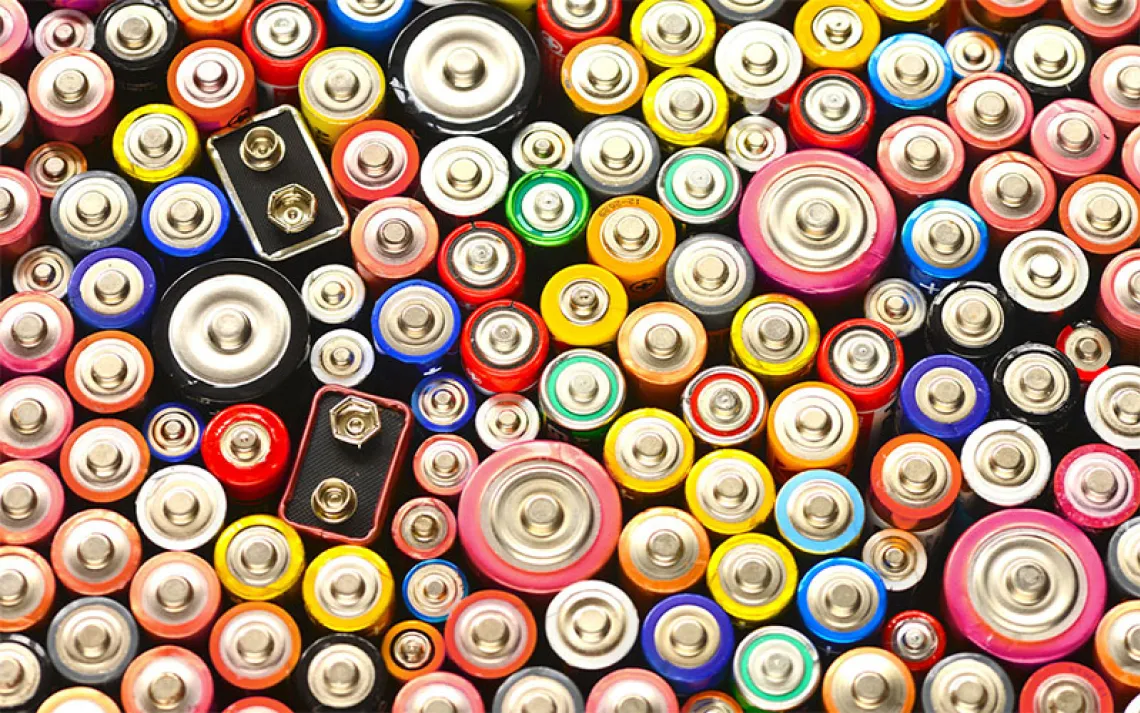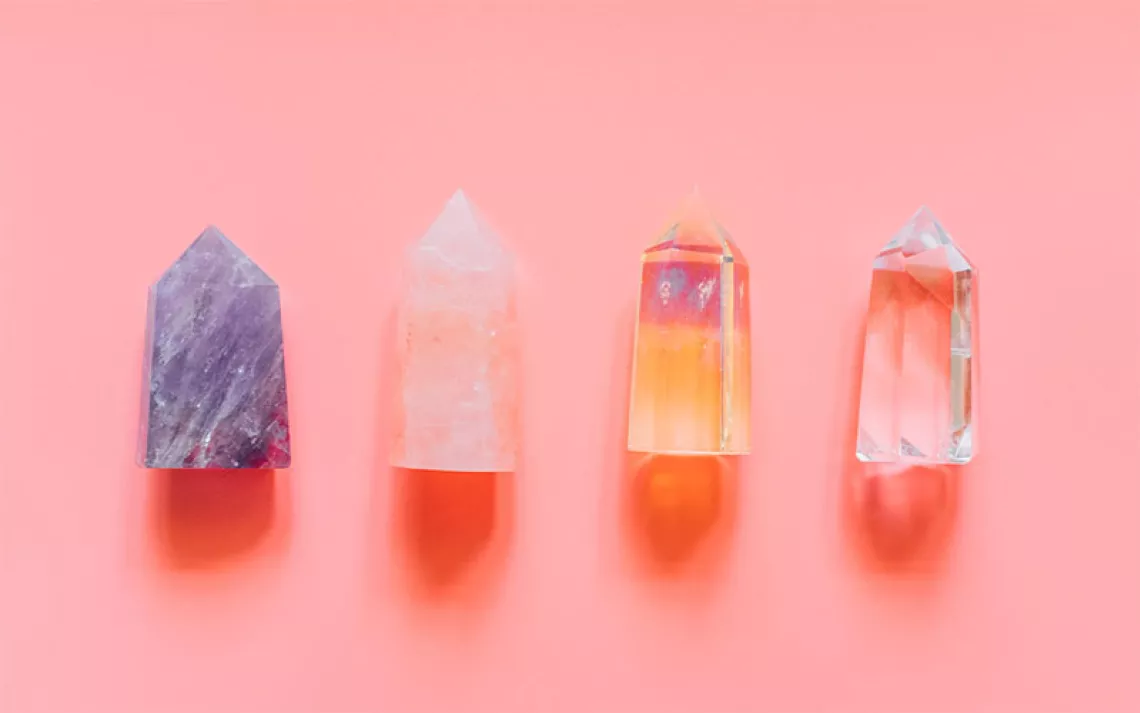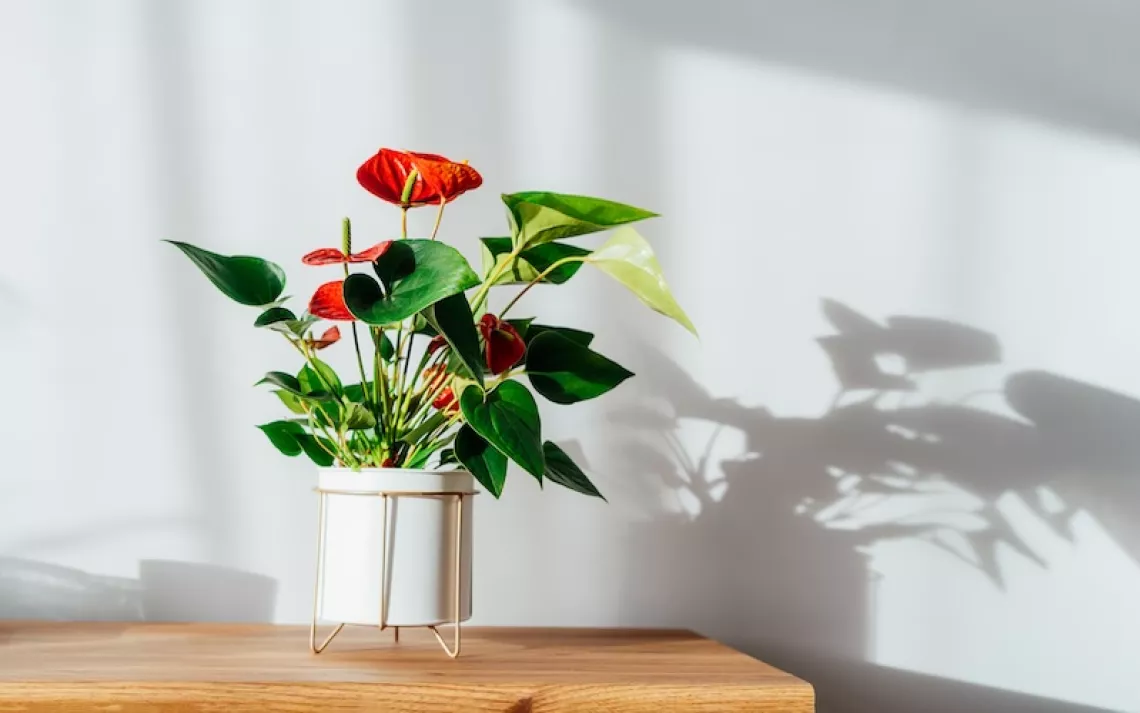The Art of Making Do With Less (and Being Happier For It)
Instead of buying something new, why not regift, borrow, or stick to what you already have?

Americans love buying things. From President George W. Bush encouraging us to go shopping after 9/11 to our collective efforts to keep our favorite brands alive during the pandemic, buying stuff practically doubles as patriotism. Consumer spending accounts for roughly 70 percent of the nation’s GDP.
Luckily, the sustainability movement has grown alongside the shopping economy. It’s hip to be into thrifting and purchasing ethical goods. If you’re like me, you probably have a cupboard full of reusable water bottles and a pile of cloth totes. But those actions aren’t cutting it. Those of us who live in comfort and abundance should aim to own less, want less, accumulate less. How can we change our relationship to possessions, to stuff, to desire? How can we become slow consumers and masters of making do with what we already have?
How can we change our relationship to possessions, to stuff, to desire?
It starts with a simple fix—and ends with a surprising reward.
Ask Basic Questions
Whoops! With one click, you’ve just bought something, and the process barely required thought. But as with any skill or habit, you can train your brain to ask questions before you buy: Do I already have it? Do I need it? Can I fix it if it breaks?Take inventory of what you own; it’s easy to overlook the value of items you already possess.
Start Small
Skipping that gear upgrade or appliance update is great, but slow consumerism is something that can be practiced every day. Start the habit somewhere you frequent, like the grocery store. Go in with a list and stick to it.
Find (and Build) Your Slow-Consumer Community
Go grassroots, starting conversations and encouraging gift economies among friends, family, and neighbors. If there isn’t already a community web page where people gather to connect and share ideas, start one yourself. Use it as a hub for exchanging garden vegetables or swapping toys, clothes, and kitchen items.

Rent and Reuse
Scout out your local library, parks and rec department, and university for programs that enable you to rent or exchange tools and gear. You might be surprised by what’s out there—think entire camping and fishing kits for little to no money. Beyond sustainability and affordability, renting is also “a great ‘try before you buy’ option,” says Matt Wagner, from Washington State University’s outdoor recreation rental shop.
Check if there’s a store in town where you can consign your gear, like MKE Outdoor Indoor Exchange in Milwaukee, Wisconsin, and get involved with a local outdoor organization that comes with sharing-economy perks. In California, Bay Area Wilderness Training offers free gear loans to students who complete an outdoor leadership course; in New Hampshire, Bethlehem Trails Association offers a free gear library to all members. Before you buy a new hammer or a belt sander, check your community page to see if anyone has one they’d be happy to exchange or gift you.
Those are just your local options. REI runs rental programs nationwide, and companies including Outdoors Geek and Arrive Outdoors ship winter gear and camping rentals as well as resale goods.
If you need to buy new, purchase from companies that have a built-in repair program so the item is less likely to end up in the landfill. For example, Osprey will fix any damage or defect for any reason, even if your pack is from the 1970s. Cotopaxi offers mail-in and in-store repairs.

Buy Nothing
The era of borrowing a cup of sugar from your neighbors is over for most of us, but perhaps it doesn’t have to be. That’s what Liesl Clark was thinking when she cofounded the Buy Nothing Project. You might already belong to a Buy Nothing Facebook group or use the free phone app. The premise is simple: Members post what they’re looking for or giving away; most transactions are local. We can make our communities “healthier and more connected to each other simply by using up what’s already out there,” Clark says. Also check out the Freecycle Network, Trash Nothing, and Facebook Marketplace. On Craigslist, you can find cheap or free high-quality used stuff.
Ditch the Temptations
A hard-to-resist promo email, a “semiannual” sale on Amazon Prime—there’s always a reason to buy, buy, buy. Make those cardboard boxes vanish from your doorstep by unsubscribing from brand-name email lists and deleting apps that entice you to make a purchase. One of the best ways to cut back on impulse buying is to delete your stored credit card in apps. You can change your ad settings for Instagram and Facebook to reduce the temptations. Also consider setting guidelines like making purchases at only brick-and-mortar or local businesses.
Find Your Lasting Happy Place
Shopping elicits a dopamine response; buying new things can often trigger a short-term, feel-good hit that has us chasing that high. Wouldn’t you rather nurture a more lasting sense of wellness and joy in how you show up in the world and what you are doing to protect it?
That path begins when you stop wandering through seas of ads that promise peak living through this or that product and start looking for ways to reuse, recycle, and repair in connection with your community. “People get so exhausted by their possessions,” says Nicole Gruter, owner of Positive Space, a Wisconsin-based company that helps people downsize and reorganize responsibly. Owning less “has such a positive impact on your relationships, your spirituality, your physical health, your mental health, all of it.”
 The Magazine of The Sierra Club
The Magazine of The Sierra Club



